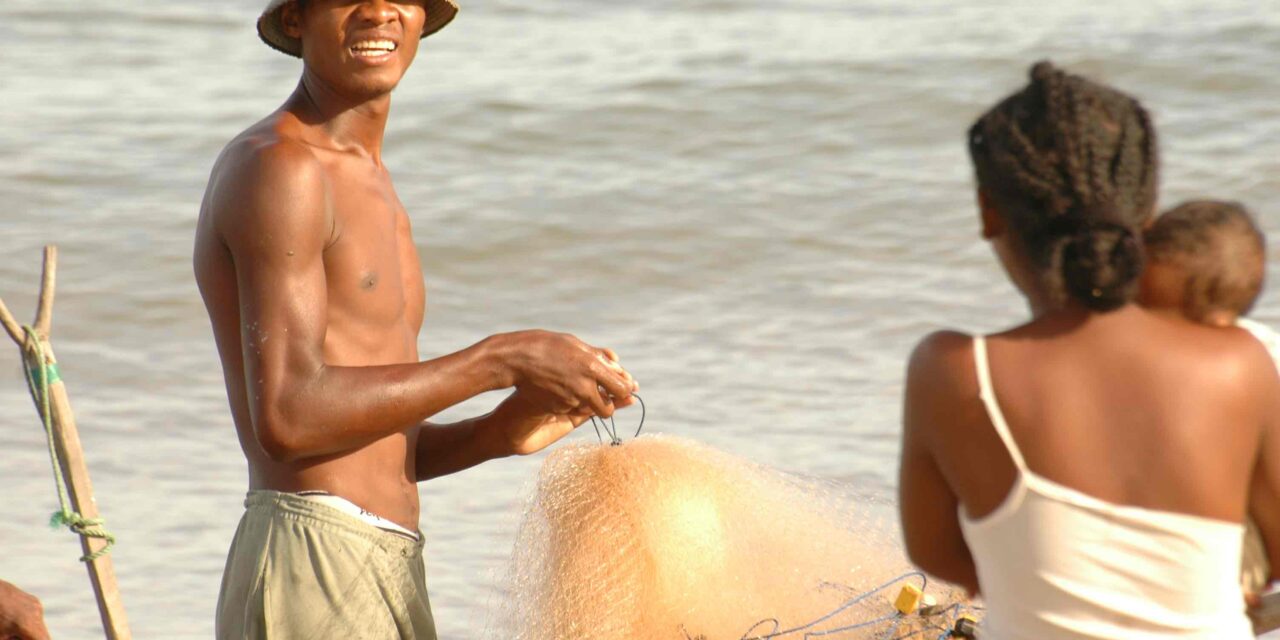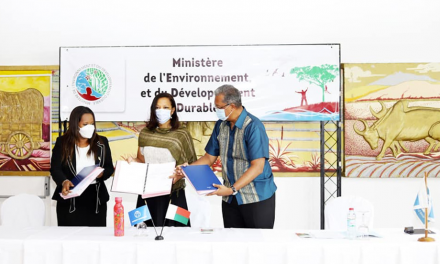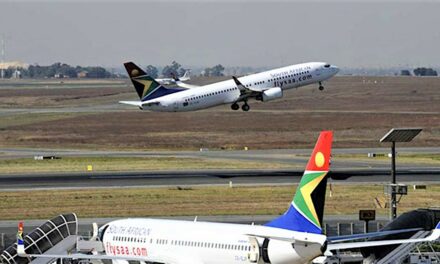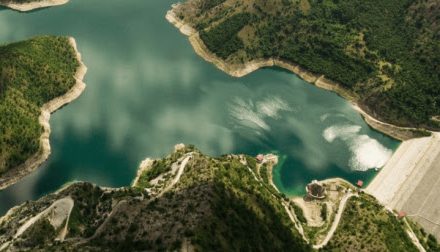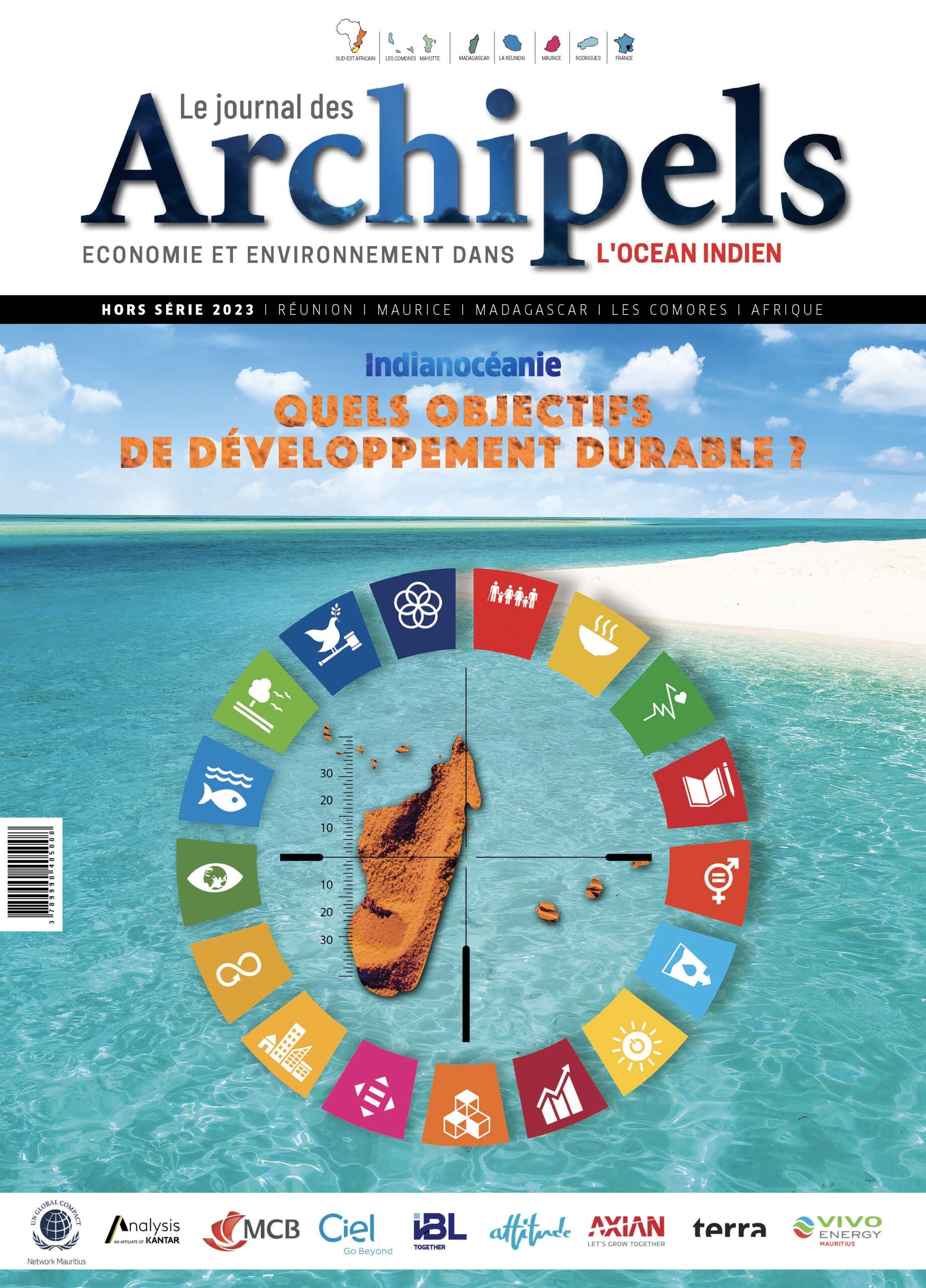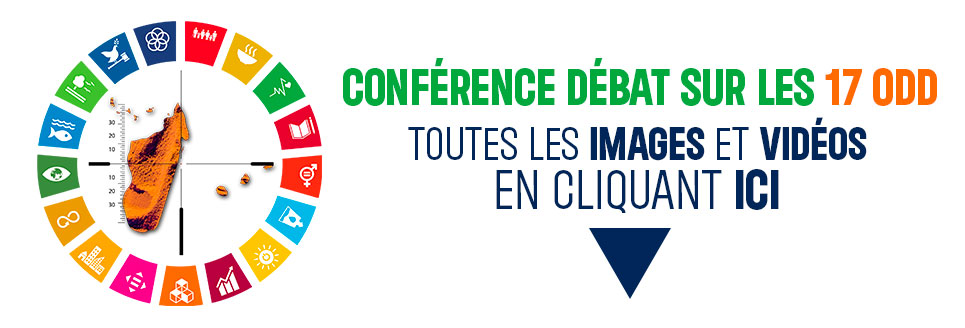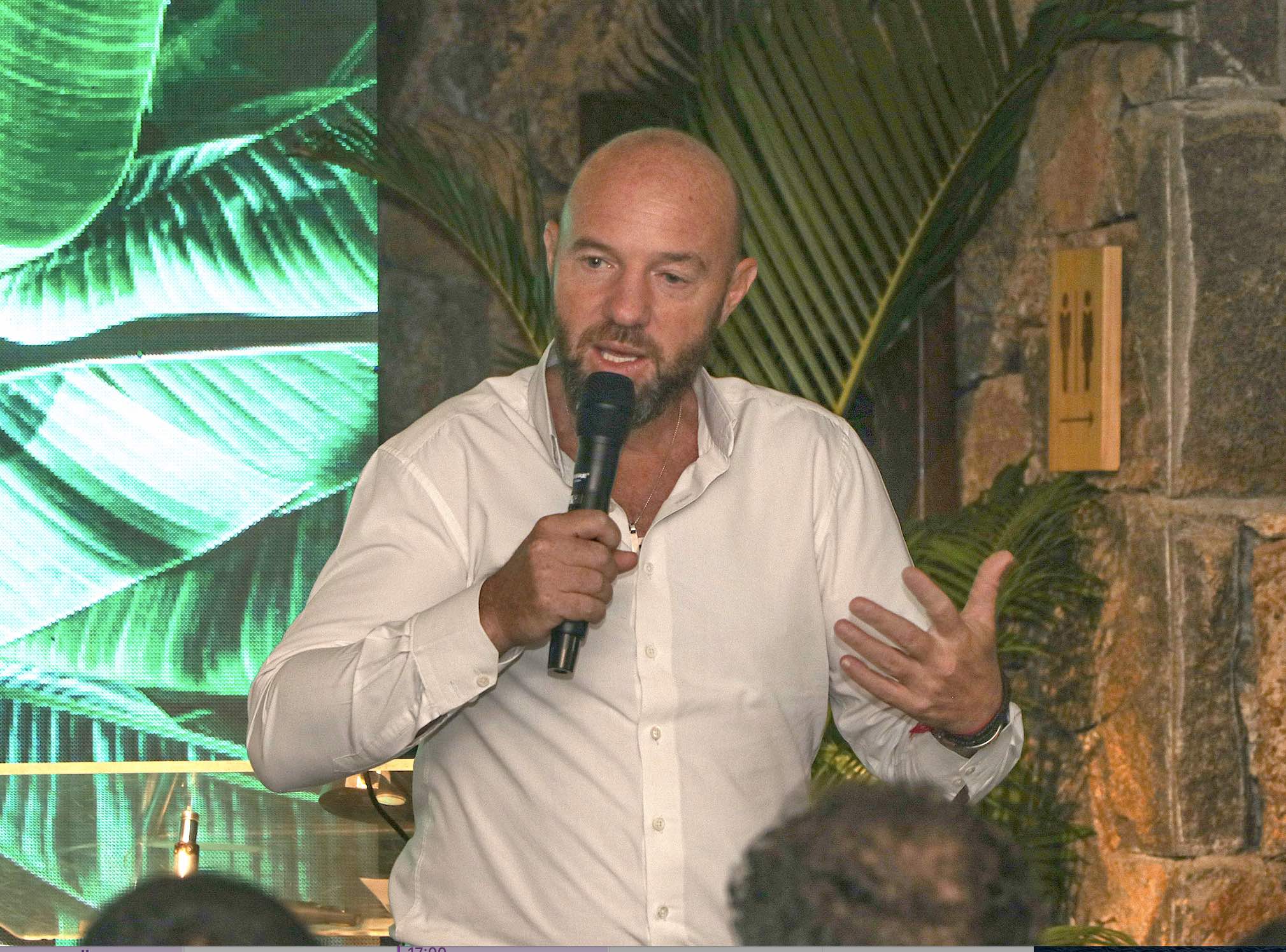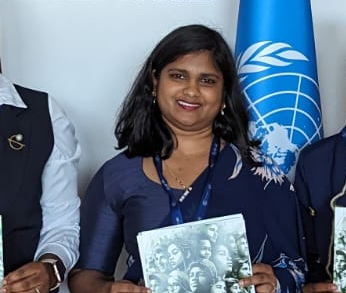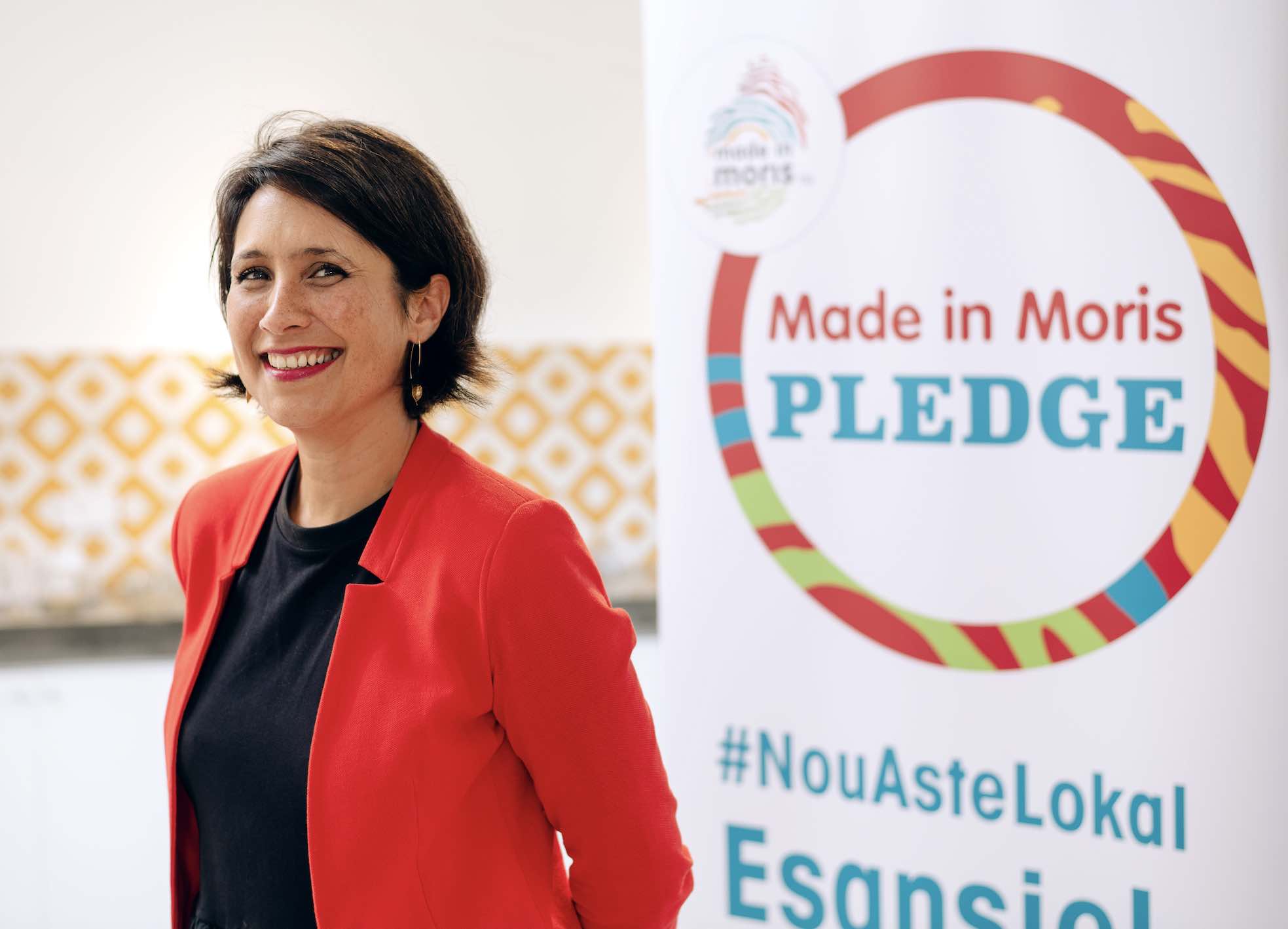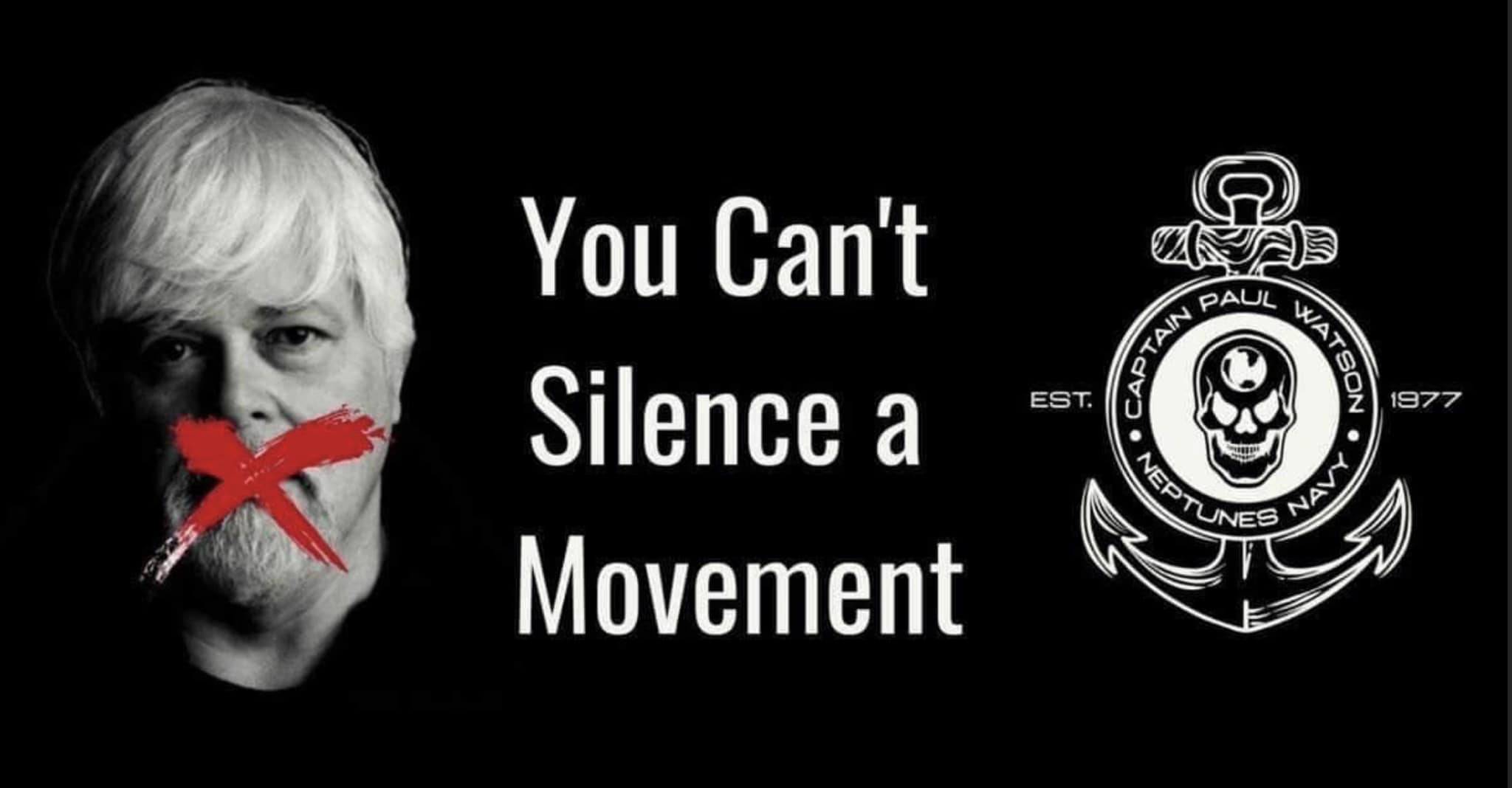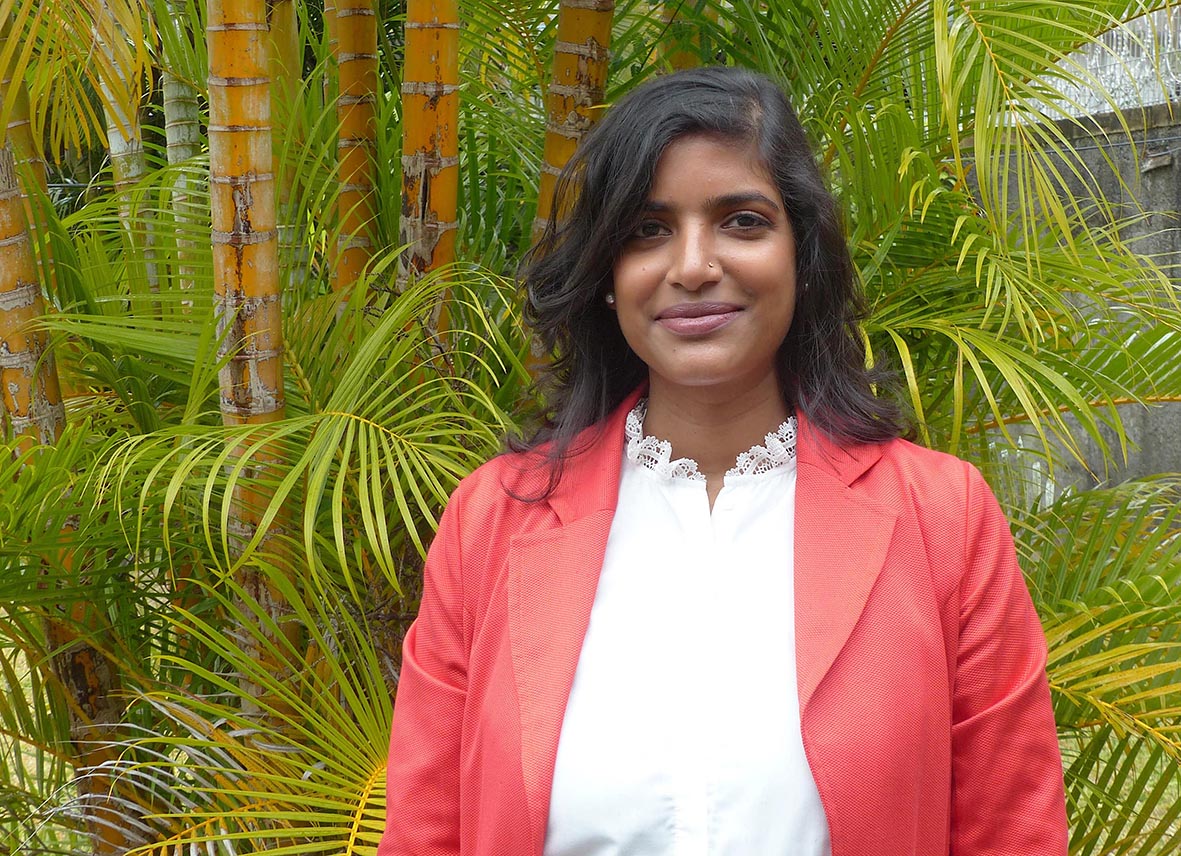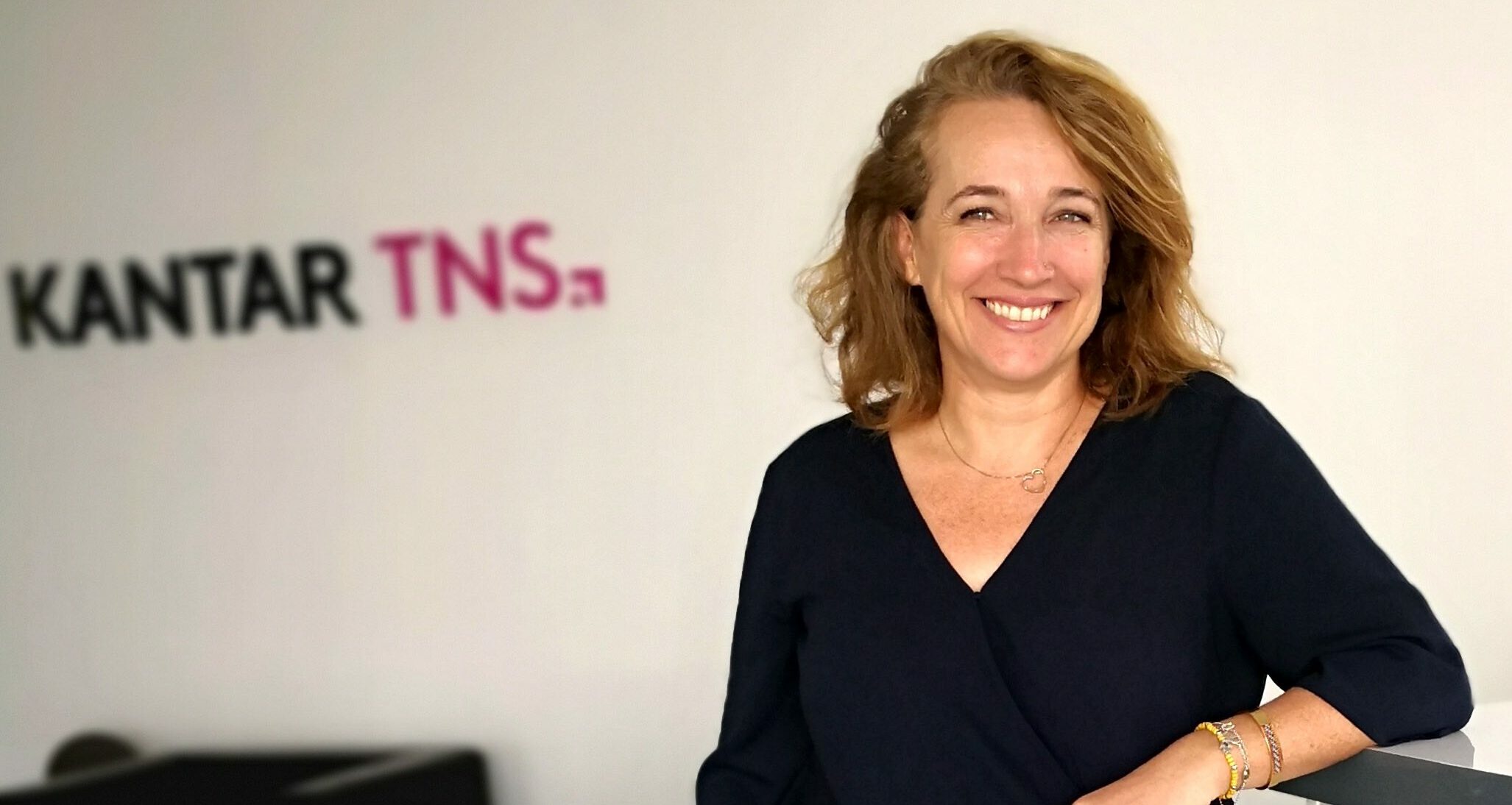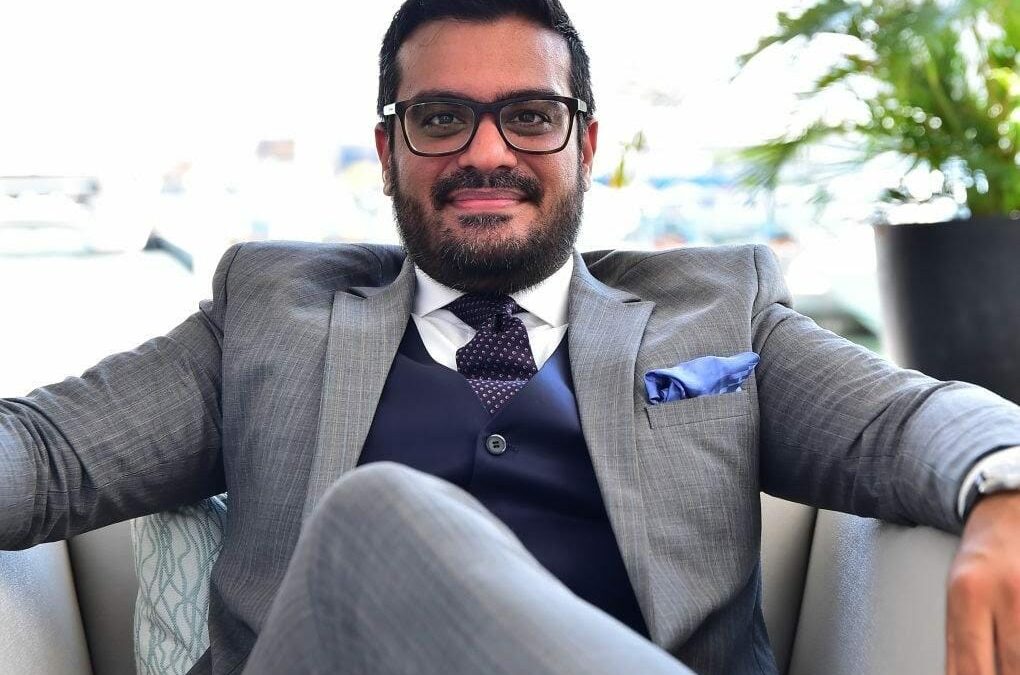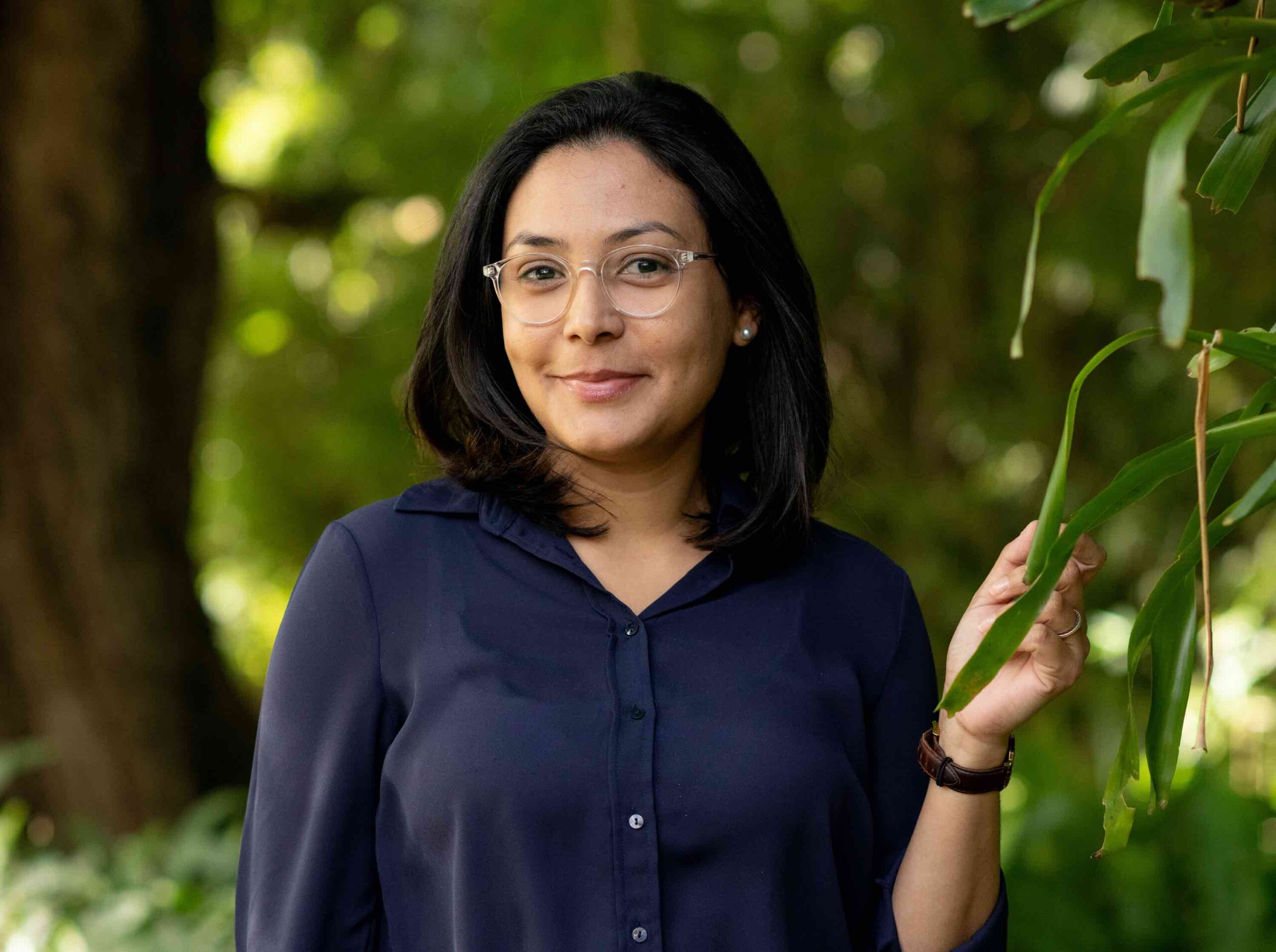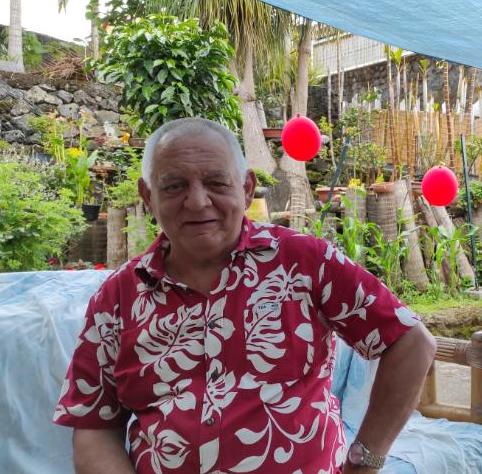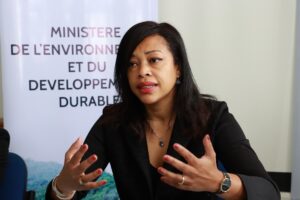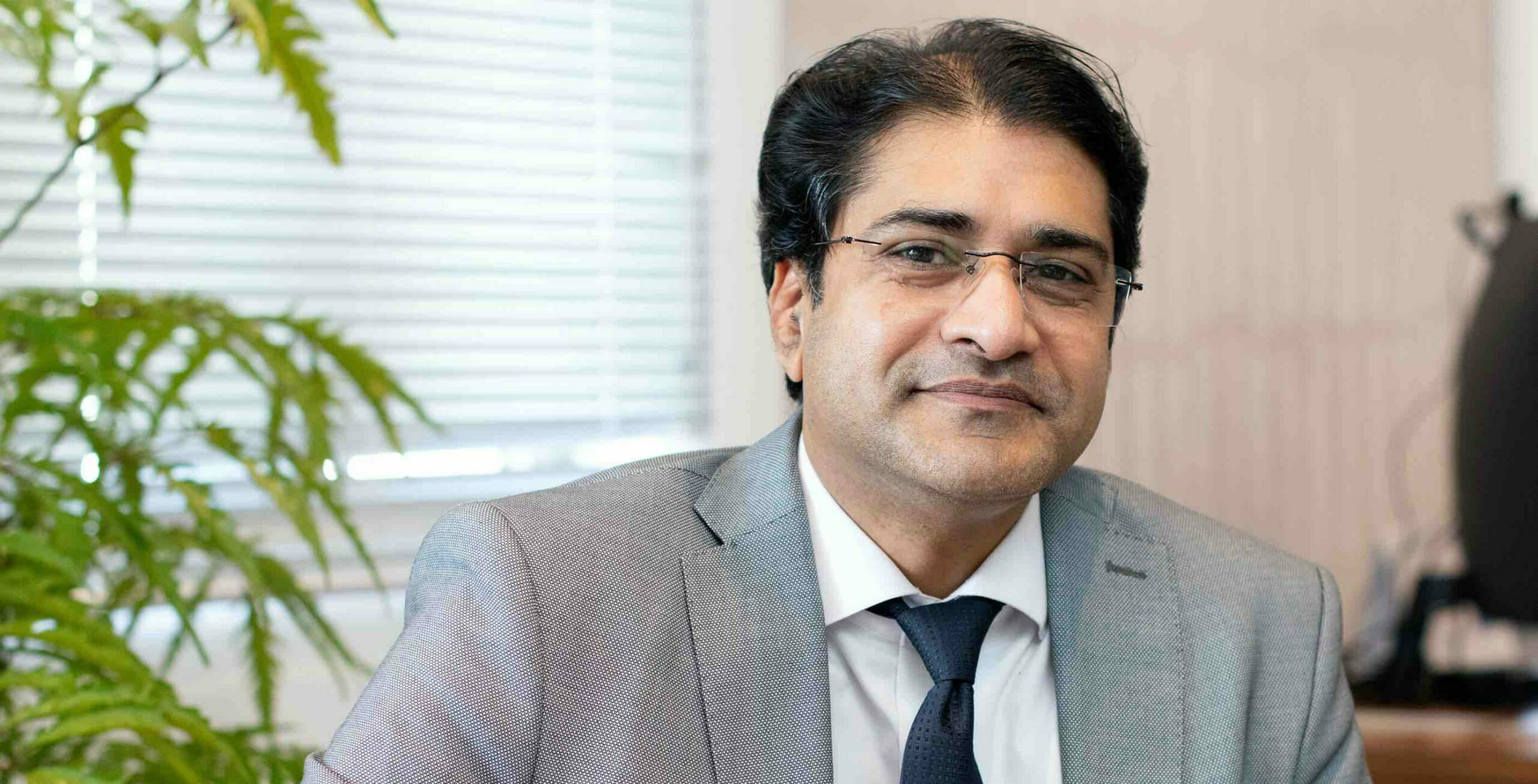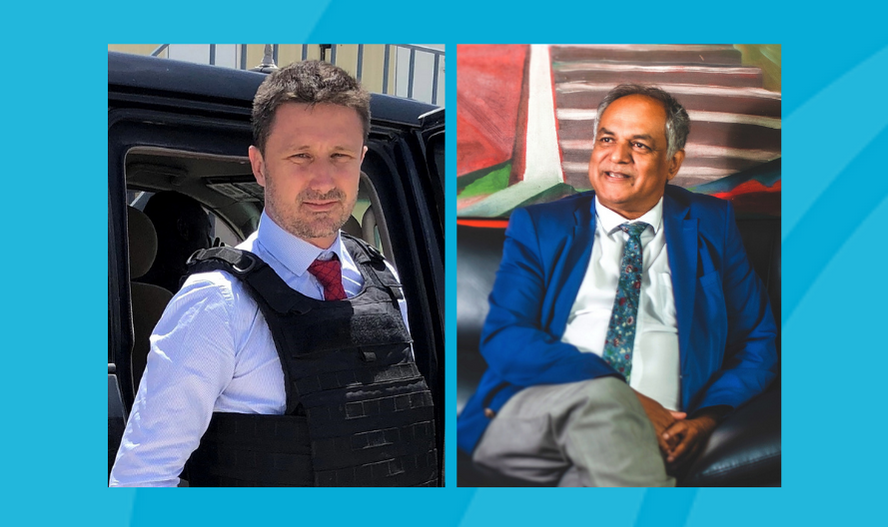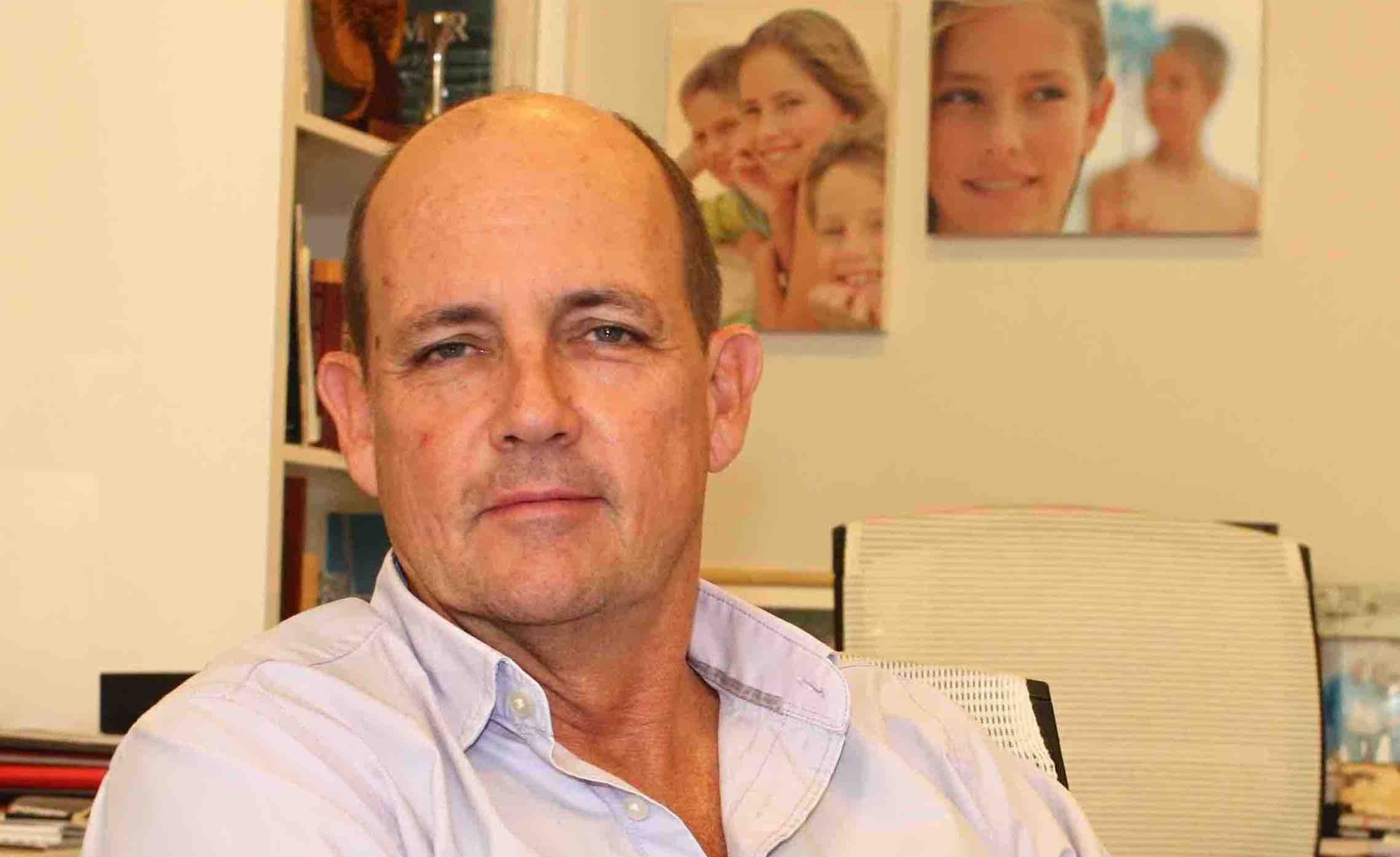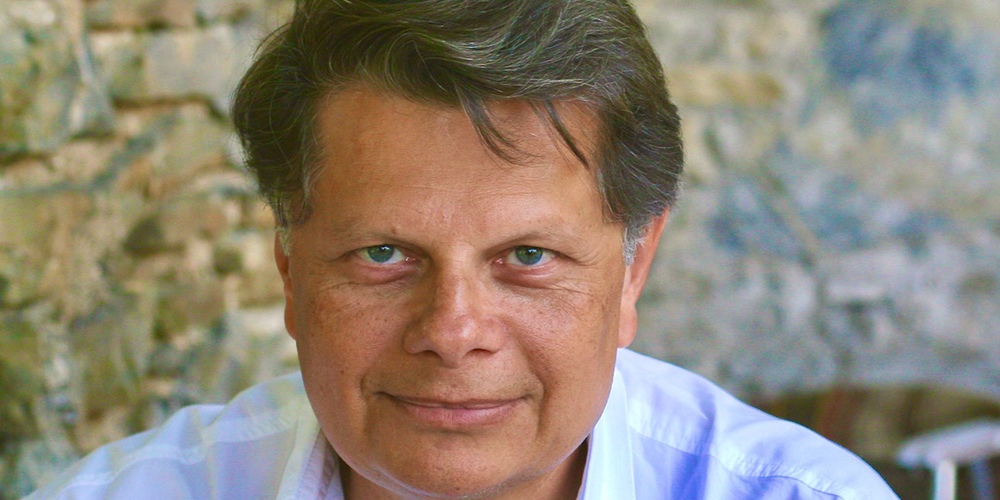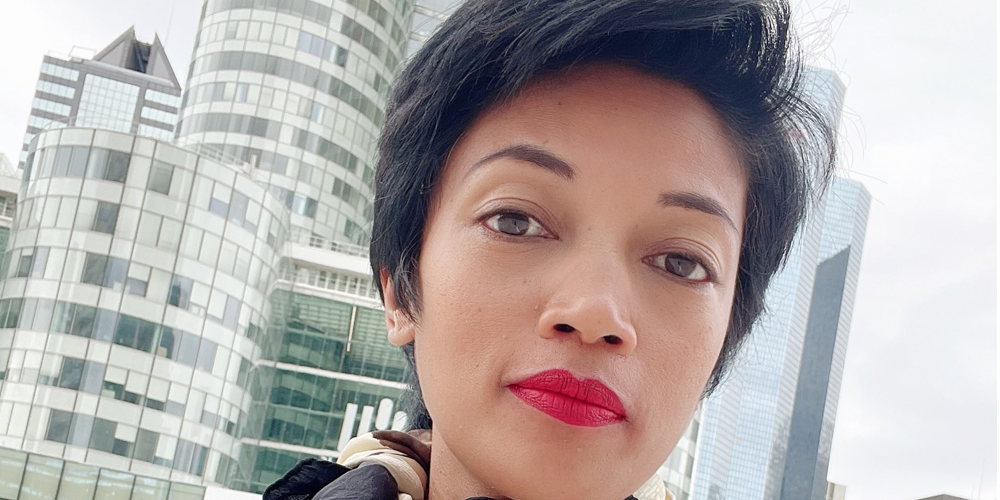According to the World Bank, urgent reforms must be undertaken to promote growth, with priority given to the creation of a solid institutional framework necessary for a dynamic and competitive private sector. This is the institution’s analysis of the need to fight against poverty that is becoming endemic.
Excerpts from the study “How can Madagascar break the vicious cycle of poverty?” by Marie-Chantal Uwanyiligira – Marcelle Ayo – Francis Muamba Mulangu, published on the Africa can End poverty blog on May 1.
Fishing illustration (photo J.Rombi)
“With a young population, vast and unique biodiversity, dense forests, fertile agricultural land, unparalleled tourism assets, and one of the longest coastlines in Africa, Madagascar has excellent growth potential. But Madagascar is also unfortunately one of the poorest countries in the world. Between 1960 (the year of its independence) and 2020, Madagascar’s per capita income declined by 45%. Remarkably, this has occurred in an environment largely free of violent conflict, perhaps the only such case in the world.
The meager progress made during periods of relative stability has been swept away by various crises, usually political but also climatic and, more recently, by the COVID-19 pandemic. Despite a modest economic recovery after the country’s last political crisis, from 2009 to 2013, the per capita GDP growth rate averaged just over 0 percent per year. The share of the population living below the national poverty line increased from 72.5 percent in 2012 to 75.2 percent in 2022.
What is preventing Madagascar from reaching its potential?
According to World Bank analyses, per capita income and the poverty rate are highly correlated in Madagascar. This means that persistent poverty is the result of stagnant growth. The World Bank’s systematic country diagnosis indicates that elite capture of resources and lack of competition and transparency at the heart of the state have hampered Madagascar’s growth performance.
Overall, the private sector has a key role to play in improving growth and reducing poverty. However, Madagascar’s private sector is small, highly uncompetitive, and characterized by low levels of investment, which prevents it from creating jobs, stimulating economic growth, and reducing poverty. Investment averaged 19.4 percent of GDP between 2013 and 2019, which is well below the level in peer countries.
Madagascar’s structural economic transformation has been limited: more than 90 percent of the working-age population remains engaged in subsistence agriculture and informal services. Job creation in industry and high value-added services remains insufficient. Agricultural productivity is low, with limited technology adoption by smallholders and insufficient market orientation. Low productivity, coupled with deteriorating market access, is a major contributor to high poverty rates in rural areas.
Governance failures have limited Madagascar’s ability to achieve the sustained, inclusive, and high economic growth needed to reduce extreme poverty. High poverty is also the result of poor governance that has gone unaddressed for decades: weak institutions and elite control erode the rule of law, public sector accountability, and anti-corruption. The COVID-19 pandemic has exacerbated an already centralized power structure, weakened institutions, and created new challenges to transparency and accountability.
Another major constraint is low human capital: Madagascar’s human capital index (0.39) is one of the lowest in the world, which means that, unlike healthier and better-educated children elsewhere, Malagasy children will not grow into productive adults.
Tropical cyclones are another major threat to Madagascar, particularly in the eastern and northern coastal regions. On average, the country experiences three to four cyclones per year, causing death, destruction and disruption of economic activity. Natural disasters cost the economy about 1% of GDP each year, which is enormous for a desperately poor country. Early World Bank estimates of the impact of four cyclones in 2022 indicate that the per capita consumption of affected households is reduced by 30%, again a colossal amount.
What needs to be done to break the cycle of poverty in Madagascar?
The answer is almost mechanical because it comes up too often. Yet it is inescapable: Madagascar urgently needs a sustained period of robust economic growth over several years, which would allow the country to accumulate assets and build a solid foundation for its economic transformation. In other words, to reduce poverty in Madagascar, it is essential to increase growth. Strong growth is possible in Madagascar, but a strong commitment to economic reform is needed to ensure its sustainability.
Madagascar must build a pro-growth coalition that prioritizes the creation of a strong institutional framework necessary for a vibrant and competitive private sector. This will require a stable, reliable, and efficient public administration capable of providing infrastructure and services while enforcing only reasonable regulatory requirements. The absence of these crucial elements will result in insufficient growth, perpetuating poverty and missed opportunities. The recent bold reforms in the mining, telecommunications, and energy sectors can help spur the growth Madagascar needs to break out of its poverty spiral.
These reforms, which increase competition and market transparency, are essential to combat elite capture and open the door to private sector employment and investment. Madagascar needs to increase capital accumulation, which is currently two to four times lower than its peers. Can this reform-oriented agenda become the new normal for Madagascar? If the country can sustain inclusive growth over a long period of time, through the accumulation of human capital and physical assets while building resilience to shocks, then the country could escape the poverty trap. Otherwise, growth will remain insufficient to reduce poverty and Madagascar will face another decade of missed opportunities.
As we embark on the new five-year Country Partnership Framework (CPF) (2023-2027) for Madagascar, the World Bank Group has taken stock of its past experiences and lessons learned. The new framework aims to increase and sustain growth in Madagascar. It is summarized in three high-level outcomes (HLOs): (i) Improved employment opportunities; (ii) Improved human capital; and (iii) Enhanced resilience to shocks. The first HLO focuses on job creation and income growth. The second focuses on making this growth more inclusive and removing constraints to future growth. The third focuses on building resilience, which is necessary given Madagascar’s history of crises.
The Framework proposes an integrated approach to poverty reduction pathways, combining the promotion of economic growth and overall economic transformation, the creation of opportunities for as many poor people as possible, and the targeting of the ultra-poor who lack the capacity to respond to incentives.
The CPF will build on the World Bank Group’s approach to expanding programs and financing in areas that have worked well in the past, such as nutrition, social protection, and integrated growth poles. In addition, it will focus on two major sectors, energy and telecommunications, and take a leverage approach to development financing, with joint IFC-World Bank implementation teams, as seen in the digital and rural electrification sectors.
As Nelson Mandela said, “It always seems impossible, until it is done. Madagascar is at a crossroads to turn its development challenges into an opportunity to find a way out of its predicament. Progress is possible if political ownership of its reform agenda is strengthened and the plight of the poor and vulnerable is placed at the center of the political debate.”


